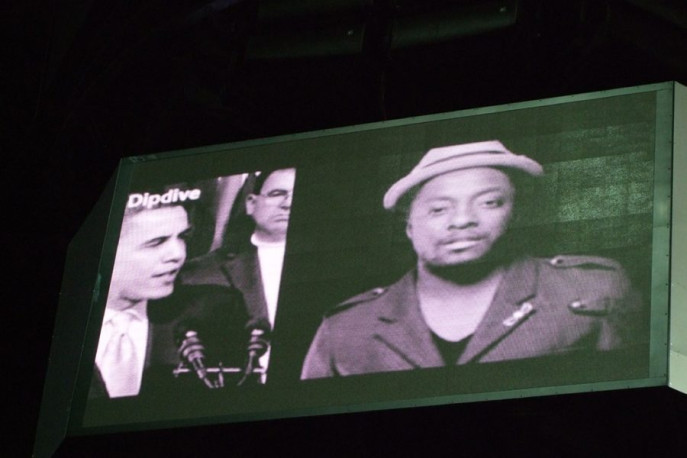
by: Ellen C. Caldwell
for JSTOR Daily
During election season, consumers (i.e., voters) see a barrage of videos, images, signage, stickers, and other campaign merchandise, touting the benefits of one candidate or disparaging the other. And in our increasingly technophile world, voters are now also bombarded with web clips, tweets, viral videos, and other social media messaging.
Jim Granato and M.C. Sunny Wong studied political advertising in 2004, looking at the “dynamic” phase of election campaigning when voters are still changing their minds, and studying the point of crystallization when voters choose a candidate.
Granato and Wong argue that crystallization is extremely fragile, so during the campaign season, “informational shocks” can alter voter decisions. They found that keeping consistent messaging (without any damaging surprises amidst the campaign trail) helps to assure crystallization of a candidate, after which “political campaign advertisements are ineffective.”
Seven years later, Carol Vernallis considered how viral web videos—specifically Yes We Can and Barack RickRoll’d from Barack Obama’s 2008 election campaign—offered just the sort of “informational shock” that altered voter decisions…
